Properties of Multiples
The properties of multiples are discussed step-by-step according to its property.
Property (1):
Every number is a multiple of 1.
As: 7 x 1 = 7,
9 x 1 = 9,
15 x 1 = 15,
40 x 1 = 40
Property (2):
Every number is the multiple of itself.
As: 1 x 7 = 7,
1 x 21 = 21,
1 x 105 = 105,
1 x 212 = 212
For example, 8 × 1 = 8. Hence, 8 is multiple of itself. 19 × 1 = 19. So, 19 is multiple of itself.
Property (3):
Zero (0) is a multiple of every number.
As: 0 x 9 = 0,
0 x 11 = 0,
0 x 57 = 0,
0 x 275 = 0
Property (4):
Every multiple except zero is either equal to or greater than any of its factors.
As, multiple of 7 = 7, 14, 28, 35, 77, …………., etc.
For example, multiples of 4 are 4, 8, 12, 16. We find that every multiple of 4 is either greater or equal to 4.
Property (5):
The product of two or more factors is the multiple of each factor.
As: 3 x 7 = 21,
So, 21 is the multiple of both 3 and 7.
30 = 2 x 3 x 5,
So, 30 is the multiple of 2, 3 and 5.
For example, the product of 3 × 4 × 5 is 60 and 60 is also a multiple of 3, 4 and 5.
Property (6):
There is no end to multiples of a number.
As: 5, 10, 15, 20, 25, …………….., 100, 105, 110, …………………., are the multiples of 5.
These are the properties of multiples.
Explain the Properties of Multiples step-by-step with examples.
Observe the following:
12 × 1 = 12;
18 × 1 = 18;
25 × 1 = 25;
12 × 1 = 12 implies 12 is of 12 and 12 is a multiple of 1.
18 × 1 = 18 implies 18 is a multiple of 18 and 18 is a multiple of 1.
25 × 1 = 25 implies 25 is a multiple of 25 and 25 is a multiple of 1.
What do we conclude?
We conclude,
● Every number is a multiple of itself.
● Every number is a multiple of 1.
Again, observe the following:
Multiples of 5 are 5, 10, 15, 20, ...
Multiple of 12 are 12, 24, 36, 48, ...
Multiple of 18 are 18, 36, 54, 72, ...
What do we observe?
We see that every multiple of 5 is either greater than or equal to 5.
Similarly, every multiple of 12 is either greater than or equal to 12.
Every multiple of 18 is either greater than or equal to 18.
Hence, we can say that
● Every multiple of a number is either greater than or equal to the number.
Related Concept
● Factors and Multiples by using Multiplication Facts
● Factors and Multiples by using Division Facts
● Factors
● Even and Odd Numbers Between 1 and 100
● Examples on Even and Odd Numbers
From Properties of Multiples to HOME PAGE
Didn't find what you were looking for? Or want to know more information about Math Only Math. Use this Google Search to find what you need.
Recent Articles
-
Addition of Capacity | Add the Different Units of Capacity | Examples
May 03, 24 05:42 PM
In addition of capacity we will learn how to add the different units of capacity and volume together. While adding we need to follow that the units of capacity i.e., liter and milliliter -
Subtraction of Mass | Difference Between the Units of Mass | Examples
May 03, 24 05:17 PM
In subtraction of mass we will learn how to find the difference between the units of mass or weight. While subtracting we need to follow that the units of mass i.e., kilogram and gram -
Addition of Mass |Add the Different Units of Mass |Worked-out Examples
May 03, 24 03:45 PM
In addition of mass we will learn how to add the different units of mass or weight together. While adding we need to follow that the units of mass i.e., kilogram and gram are converted into grams -
Subtraction of Length | Learn How the Values of Length are Arranged
May 03, 24 12:21 PM
The process of subtraction of units of length is exactly similar to that of subtraction of ordinary numbers. Learn how the values of length are arranged in different columns for the subtraction of len… -
Addition of Length | Learn How the Values of Length are Arranged
May 02, 24 05:07 PM
The process of addition of units of length is exactly similar to addition of ordinary numbers. Learn how the values of length are arranged in different columns for the addition of length. 1. Add 15 m…
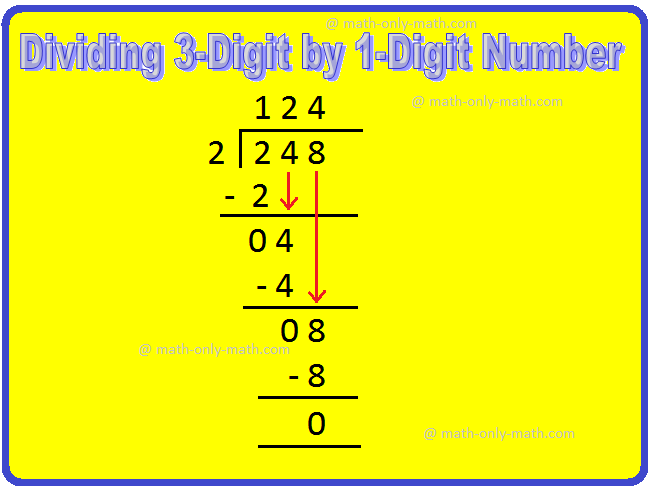

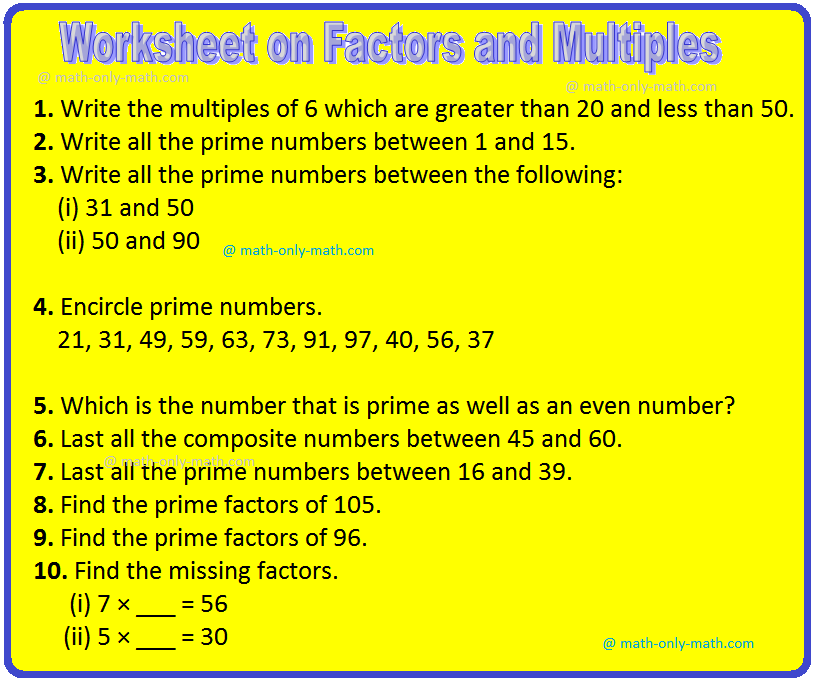


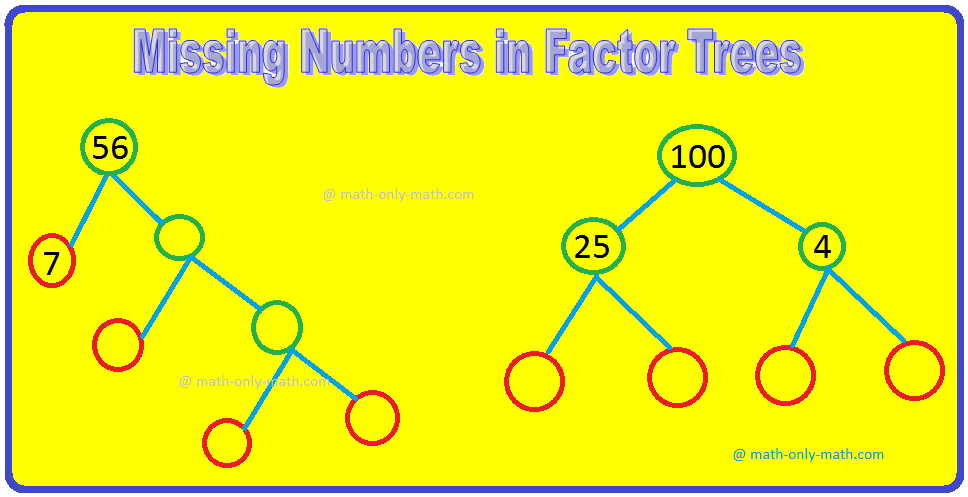
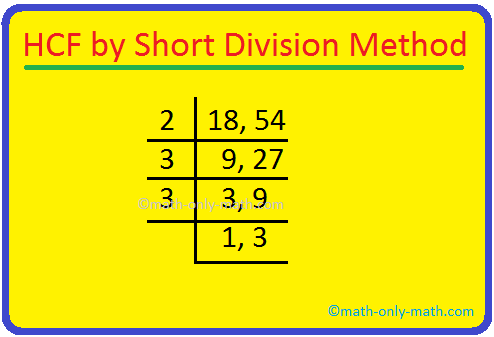

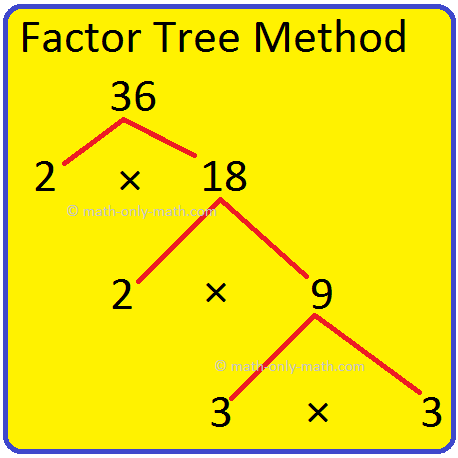
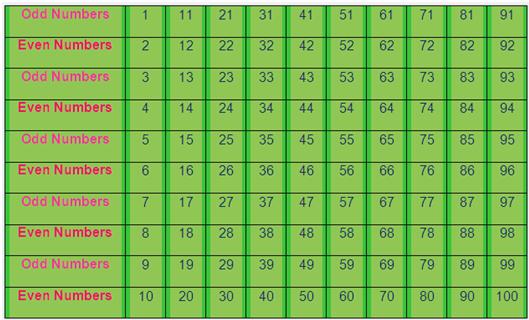
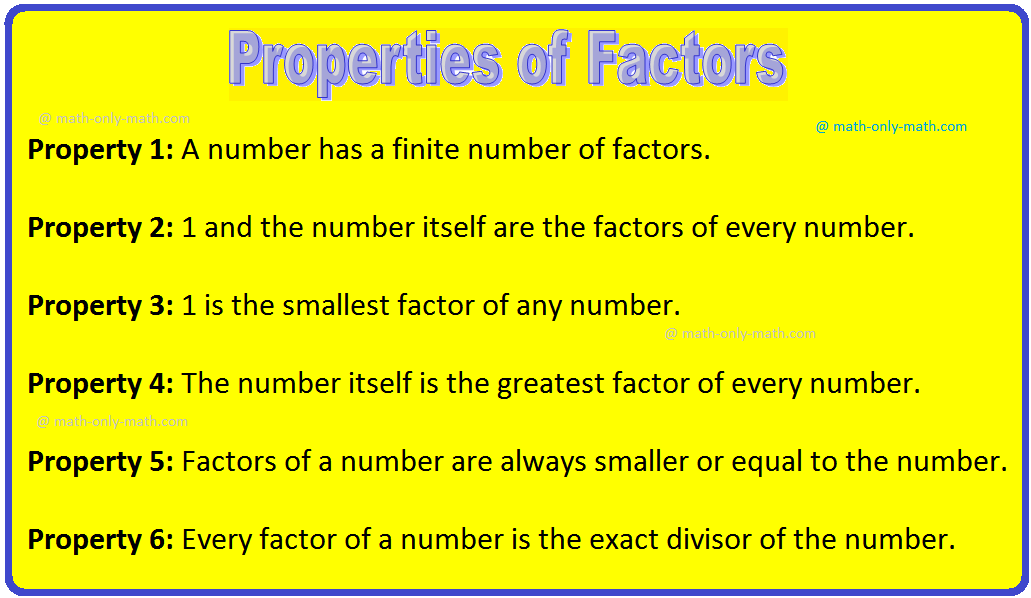
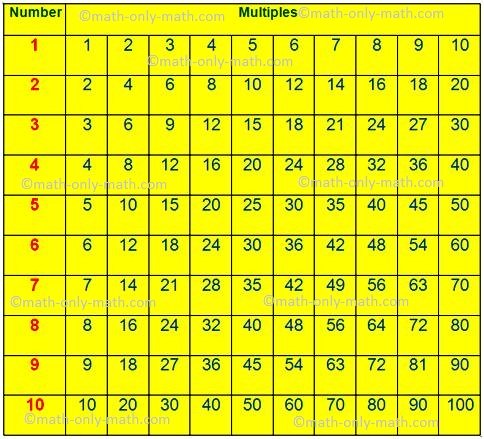
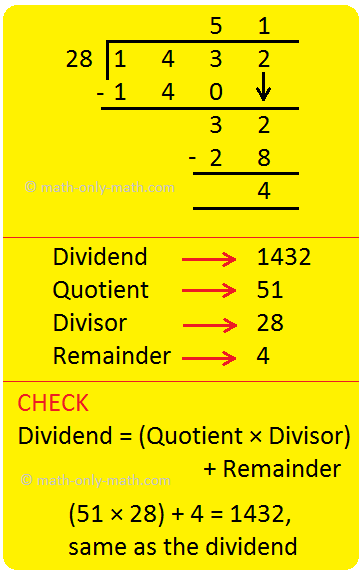
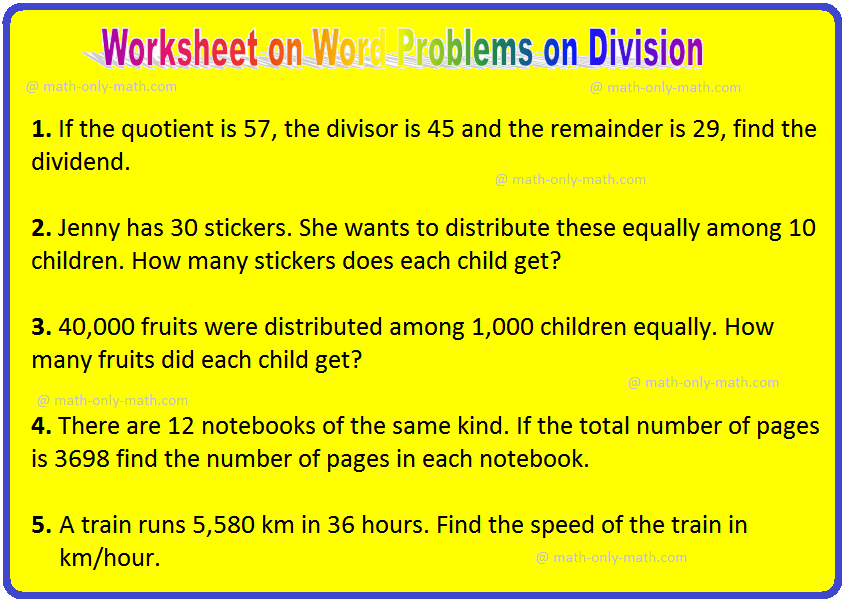

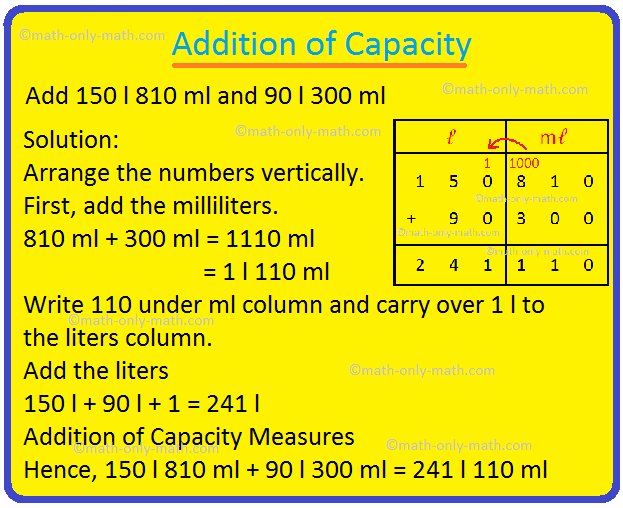
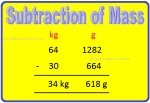
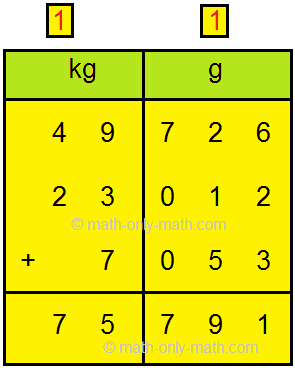
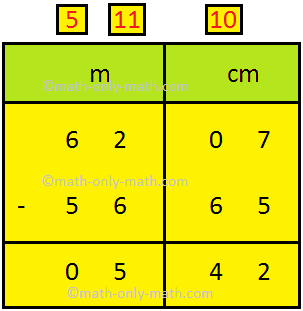
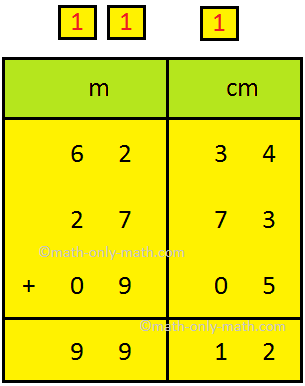
New! Comments
Have your say about what you just read! Leave me a comment in the box below. Ask a Question or Answer a Question.